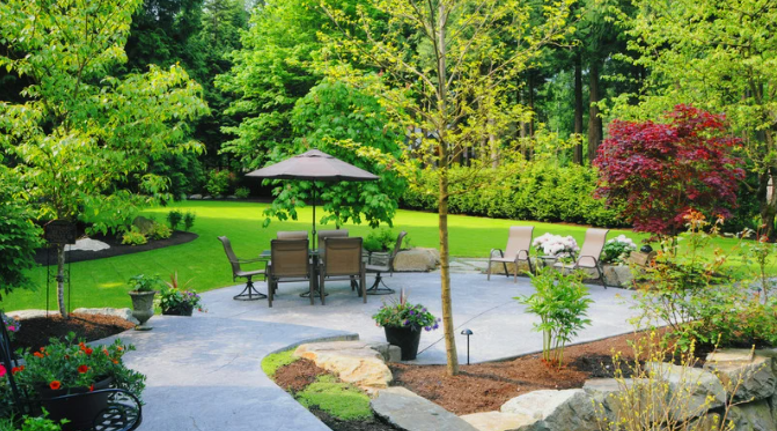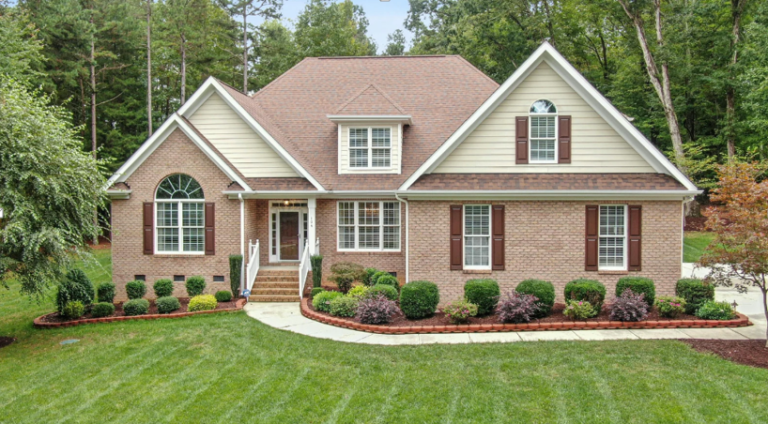How to Embed Native Ecosystems into Landscape Design
Modern landscaping is moving beyond aesthetics and embracing sustainability, ecological balance, and long-term environmental value. One of the most effective ways to achieve this is by integrating native ecosystems directly into the layout of outdoor spaces. For homeowners considering landscaping design in Lawrenceville, blending natural elements with smart design not only beautifies a property but also supports local wildlife, conserves water, and reduces maintenance demands.
What It Means to Design with Native Ecosystems
Embedding native ecosystems into landscape design involves using plants, materials, and layout strategies that mimic the natural environment of the region. This means selecting native plants that have evolved alongside local pollinators, soil types, and weather conditions. These species are more resilient, require less artificial irrigation, and offer critical habitat for bees, butterflies, and birds.
By designing landscapes that work with nature rather than against it, homeowners create spaces that are both functional and ecologically responsible. Native plantings improve soil health, regulate stormwater naturally, and provide seasonal interest without excessive inputs.
Layering Function with Form
A well-balanced ecosystem-based design considers form, texture, and biodiversity. Native grasses, flowering perennials, shrubs, and canopy trees can be arranged in tiers, recreating the layering seen in untouched environments. This approach not only enhances the visual appeal of the yard but also builds habitats that sustain themselves over time.
Such thoughtful planning aligns with principles found in your complete guide to landscape design, where functionality, sustainability, and long-term use are key to successful outcomes. By incorporating native elements from the outset, homeowners reduce reliance on chemical treatments and constant upkeep while increasing overall resilience.
Environmental and Practical Benefits
Native landscaping helps solve several challenges at once. These plants are adapted to local rainfall patterns and temperature fluctuations, reducing the need for frequent watering. They’re also more resistant to pests and diseases, minimizing the need for synthetic treatments.
Beyond maintenance savings, this design approach supports biodiversity. From birds that rely on native berries to pollinators drawn to specific nectar plants, local species benefit directly from familiar vegetation. This creates a ripple effect that strengthens the entire ecosystem.
Many of these advantages are echoed in broader conversations about the benefits of native plants in landscaping, especially in regions where sustainability and ecological preservation are becoming community priorities. Whether the goal is reduced water usage, a healthier lawn, or attracting wildlife, native elements offer a solution that supports both environmental and personal goals.
Customizing Native Design to Fit Any Yard
Native ecosystems don’t mean sacrificing creativity. These landscapes can be formal or naturalistic, minimalist or lush, depending on the vision. Designers can combine plant groupings with stone features, gravel paths, or rain gardens to achieve the desired look without compromising ecological integrity.
Professional landscapers can guide plant selection, help establish soil amendments where needed, and ensure that layout decisions support both beauty and functionality. Over time, these designs often become self-sustaining, requiring less intervention and offering more consistent performance than traditional lawns or imported plant palettes.
Conclusion
Embedding native ecosystems into landscape design is more than a trend; it’s a strategic, forward-thinking approach that benefits both homeowners and the environment. With smart planning and the right mix of local species, outdoor spaces become more resilient, low-maintenance, and visually captivating. It’s an investment in sustainability that delivers long-lasting results, season after season.






